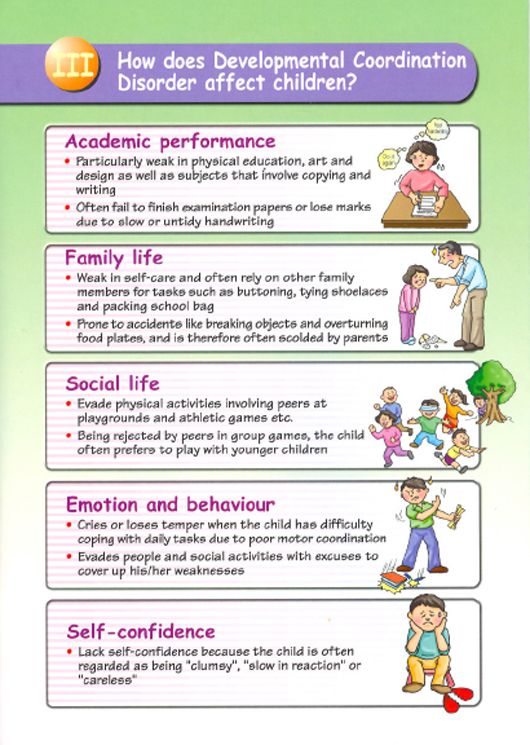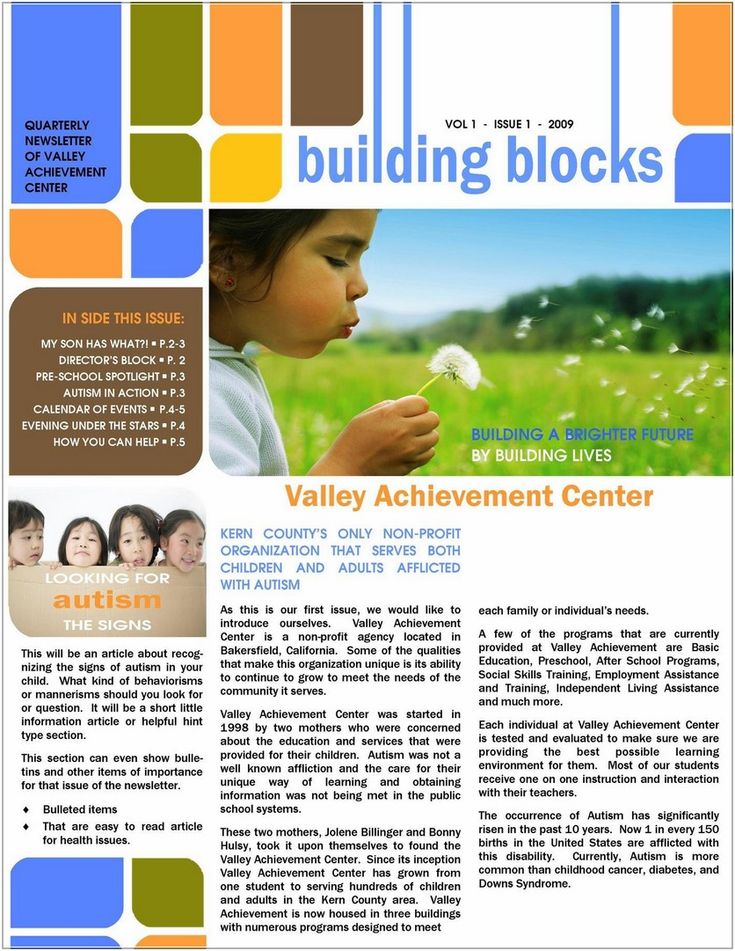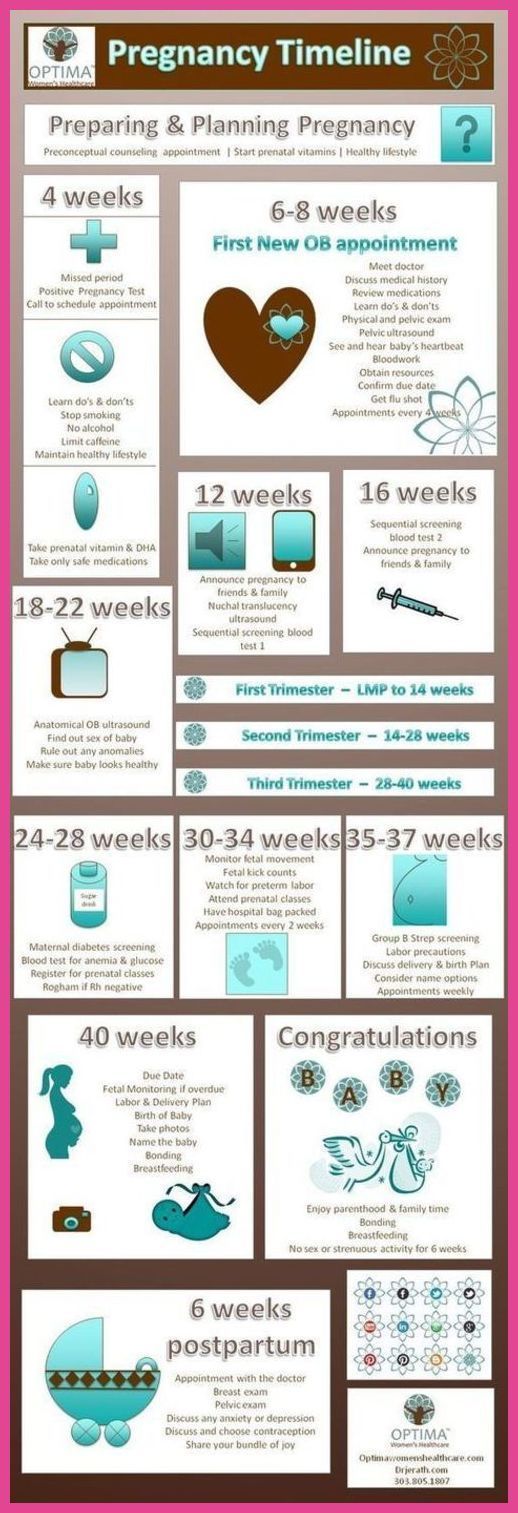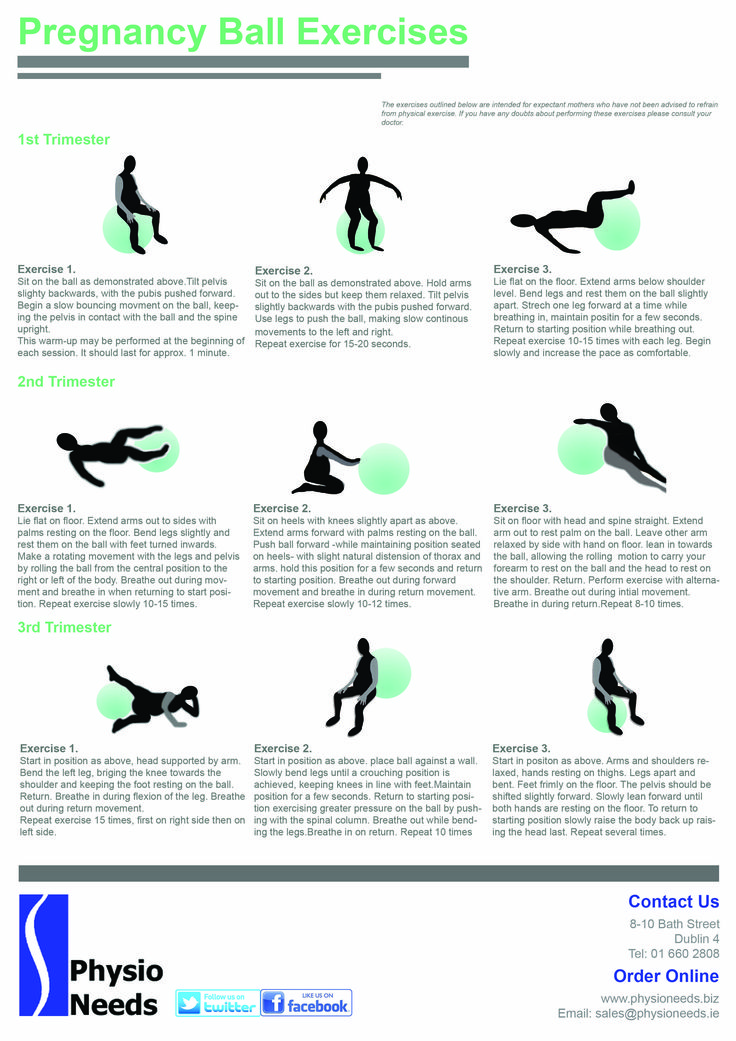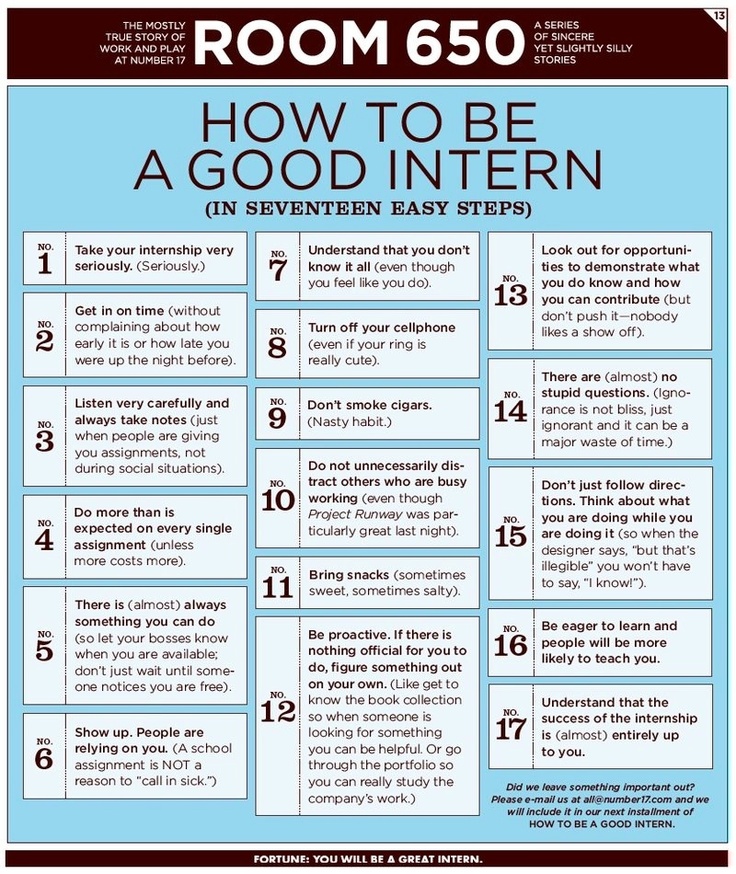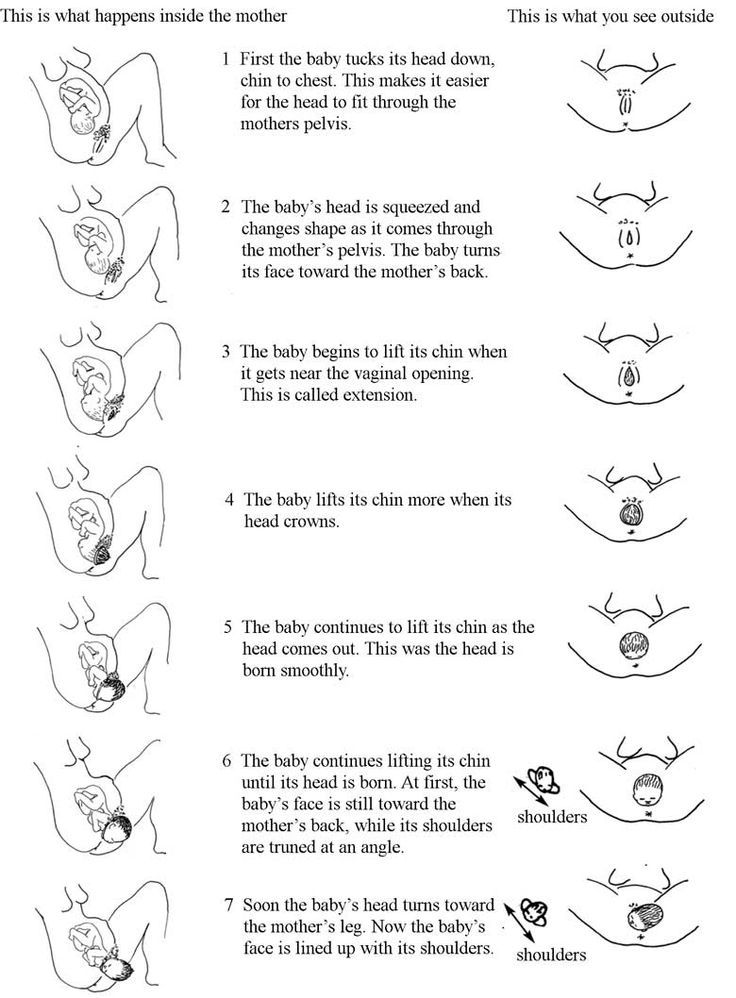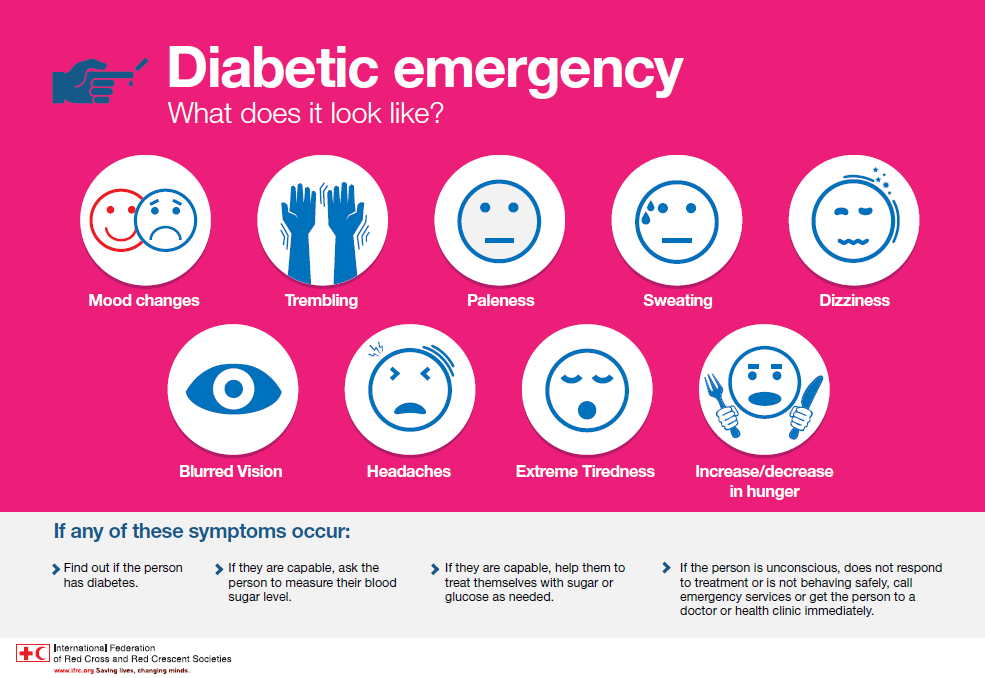How does autism affect a child in school
5 Ways Autism Can Affect Learning
Many children with autism spectrum disorder have average or above-average intelligence, yet autism can still affect learning in several ways. Others who are on the spectrum have one or more learning disabilities and other academic challenges. Some of these learning difficulties can be effectively addressed with early interventions. For school-aged students, an IEP can be put in place to address academic deficits and identify classroom accommodations to ensure success. While having a disability such as autism can negatively impact learning, it can also be accompanied by unique strengths and abilities. For those who teach and work with children with autism, it is important that they be aware of the learning challenges that they face as well as how to best address them. Learning development and classroom experiences may look different, but there are strategies that may be helpful for those with autism spectrum disorders.
You may be wondering how does autism affect learning. The following are learning-related areas that can be affected in children with autism.
Nonverbal Skill Deficits
Often people who cannot communicate verbally compensate with nonverbal communication. Unfortunately, this may not be an option for some children with autism who might struggle with nonverbal communication. Actions such as eye contact and gestures tend to be difficult for many individuals with autism. Nonverbal communication is broad and covers everything from facial expressions, body language, movement, touch, space, and voice––aside from eye contact and gestures. Generally, people don’t think about it as they go about their day-to-day activities, but nonverbal communication makes up a considerable role in how we successfully communicate with others.
When individuals struggle with understanding nonverbal cues and how to appropriately give off their own, effective communication can be a challenge. In a learning environment, if the education staff does not know how to help students who have communication deficits, the student will likely struggle even more.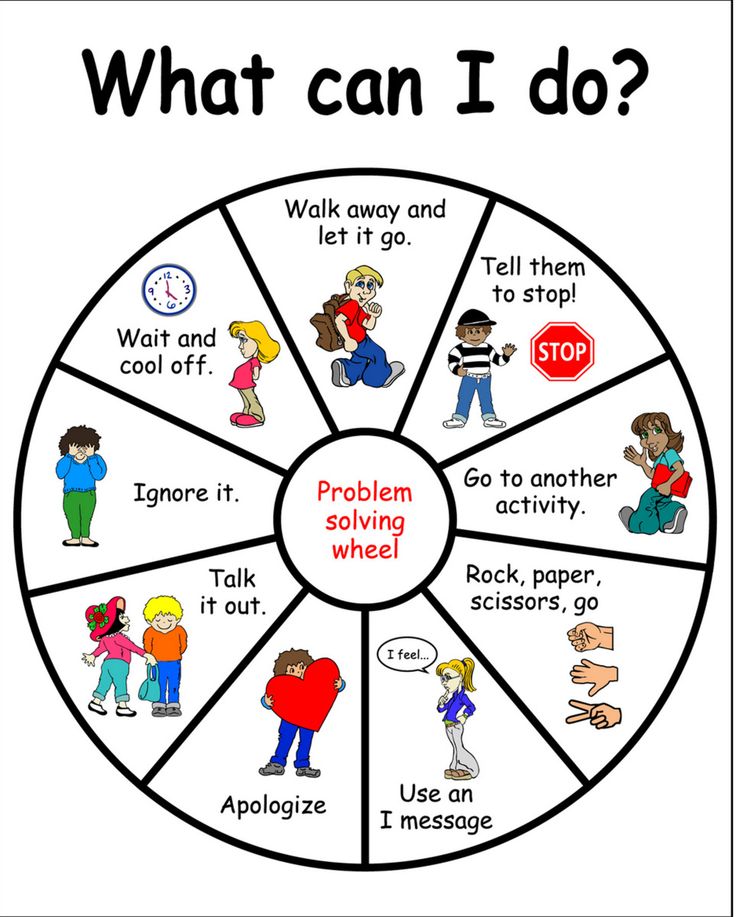
Special education staff should be trained on how to accommodate students who have communication needs. They should also teach lessons on social skills and communication skills along with a speech therapist if appropriate. Playing games and encouraging social interaction is an easy approach to model these important skills in a fun and engaging way.
Students with poor nonverbal skills can still be successful academically and socially in the classroom. As with language development, these skills can also be developed. Teachers, along with parents, caregivers and professionals should work with their children/students on developing these skills in the school, at home, and out in the community.
Using visual aids or a visual schedule can be a helpful strategy. They can help typically developing children as well as helping those who develop language differently.
See Also: What is Visual Scheduling?
Lack of Focus
Many children in general lack focus at times and find it difficult to concentrate while at school.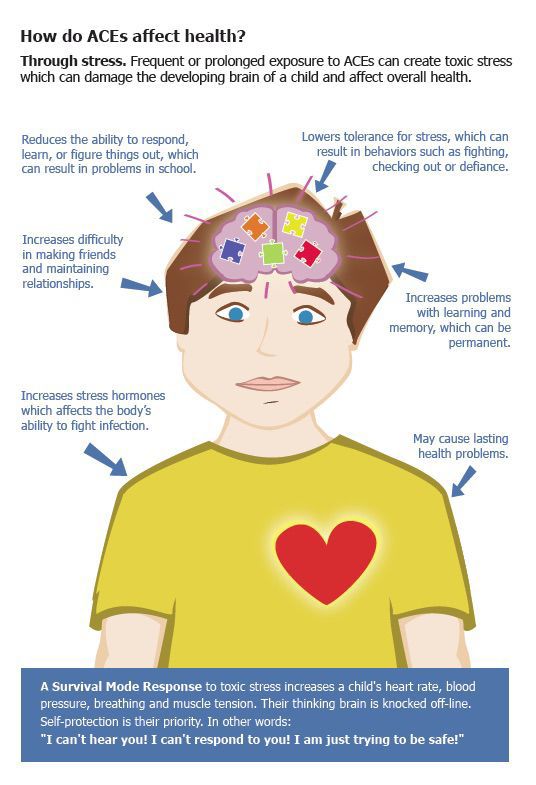 This is also true in children with autism, who are known to struggle with concentration––and ADD and ADHD are quite common in individuals who have autism. Students with autism might find it difficult to focus on information that is outside their range of interest, especially if it is concerning an academic topic. The focus tends to wane surrounding topics and activities that do not interest students with autism, probably more quickly than the average student.
This is also true in children with autism, who are known to struggle with concentration––and ADD and ADHD are quite common in individuals who have autism. Students with autism might find it difficult to focus on information that is outside their range of interest, especially if it is concerning an academic topic. The focus tends to wane surrounding topics and activities that do not interest students with autism, probably more quickly than the average student.
Focusing during a lesson or on an assignment can be even more complicated due to the sensory issues that many children with autism face. They can be easily distracted by stimulants that barely even register to people who are not on the spectrum, ranging from the texture of their clothing to bright lights to sounds and more. Experiencing the sights, sounds, smells, and physical sensations of a classroom while a child with autism is trying to focus on one task can be overwhelming for them. Noisy environments can make the learning experience complicated.
Children with autism may be able to focus acutely on details but may lack the ability to pull back and see the big picture. With a child, this might manifest in remembering the details of a story shared but not the main idea of the story. They may struggle to summarize their own or others’ ideas. One way parents and educators might address this is by putting information into a pattern to reveal the larger pattern of the information as a whole.
Other ways to increase focus in a classroom with students with autism are:
- Immerse students in high-interest activities and topics
- Increase engagement level of educational activities
- Utilize repetition
- Give clear and concise directions
- Minimize distractions around the classroom
- Use modeling methods
- Set goals and add in reinforcement
Paying attention can be a challenge for children with autism. However, parents, caregivers, and professionals can help children with autism develop their attention skills over time.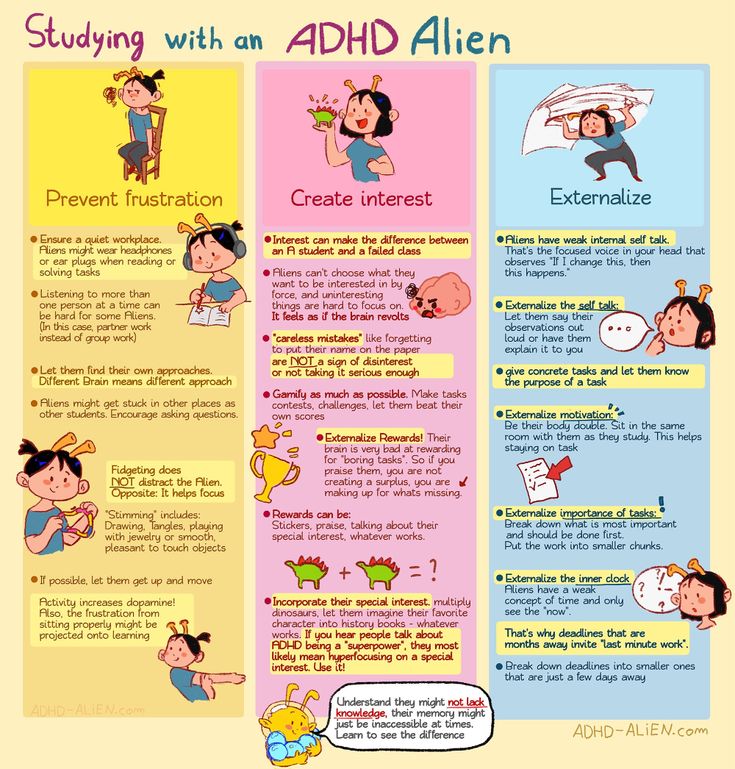 There are many ways to help increase focus and concentration in a classroom. Getting to know each student more thoroughly and understanding what makes their minds wander will help you create interventions.
There are many ways to help increase focus and concentration in a classroom. Getting to know each student more thoroughly and understanding what makes their minds wander will help you create interventions.
Speech and Language Disorders
Speech and language deficits are one of the main ways autism affects learning. Problems with language development and speech delays are often the first sign that a child may have autism. There are multiple types of speech and language disorders that are categorized under expressive or receptive. Parents who notice signs of a speech and language disorder in their child can hire a speech-language pathologist to observe and assess. This entails observing how the child follows directions, listens, speaks, understands, and repeats phrases.
A pragmatic speech delay, under the expressive disorder category, is one of the more common types of delays that presents itself in what people say, how they say it, and when they say it. Children with autism who have a pragmatic delay might constantly talk out of turn and off-topic during class, be louder than what is accepted, perseverate on certain words or phrases, have a difficult time stating their ideas and opinions, struggle with collaborative lessons, have poor conversational skills, and find idioms and metaphors difficult to understand.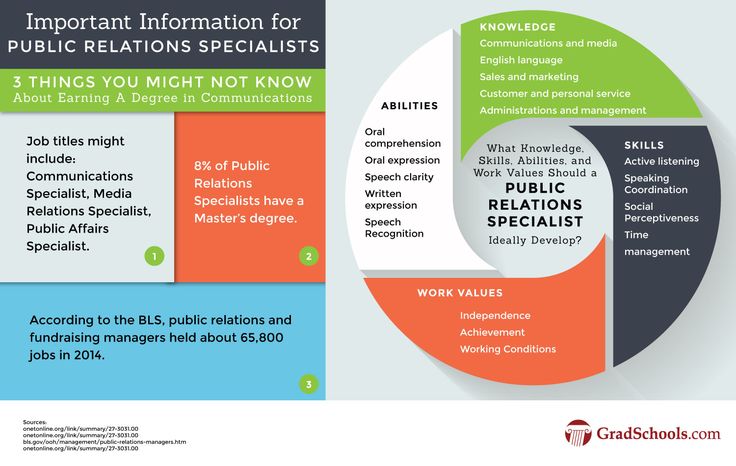 Many of these are language skills that come naturally to the general population; however, these are common areas that students with autism may find conflicting.
Many of these are language skills that come naturally to the general population; however, these are common areas that students with autism may find conflicting.
The National Institute on Deafness and Other Communication Disorders says that intervention that takes into account a child’s interests is one of the most effective ways to address language development issues. And early intervention is crucial. Parents and caregivers, as well as specialists, may participate in helping children with autism who have language delays better develop those language skills.
Developmental Delays
Oftentimes, developmental delays and autism go hand in hand. However, that is not to say that everyone who has autism also has a developmental delay. Likewise, one cannot say that someone with a developmental delay will have autism.
The types of developmental delays include cognitive developmental delay, sensorimotor delay, socioemotional delay, and speech and language delay.
Generally, a developmental delay is noticed and then a diagnosis of autism is made.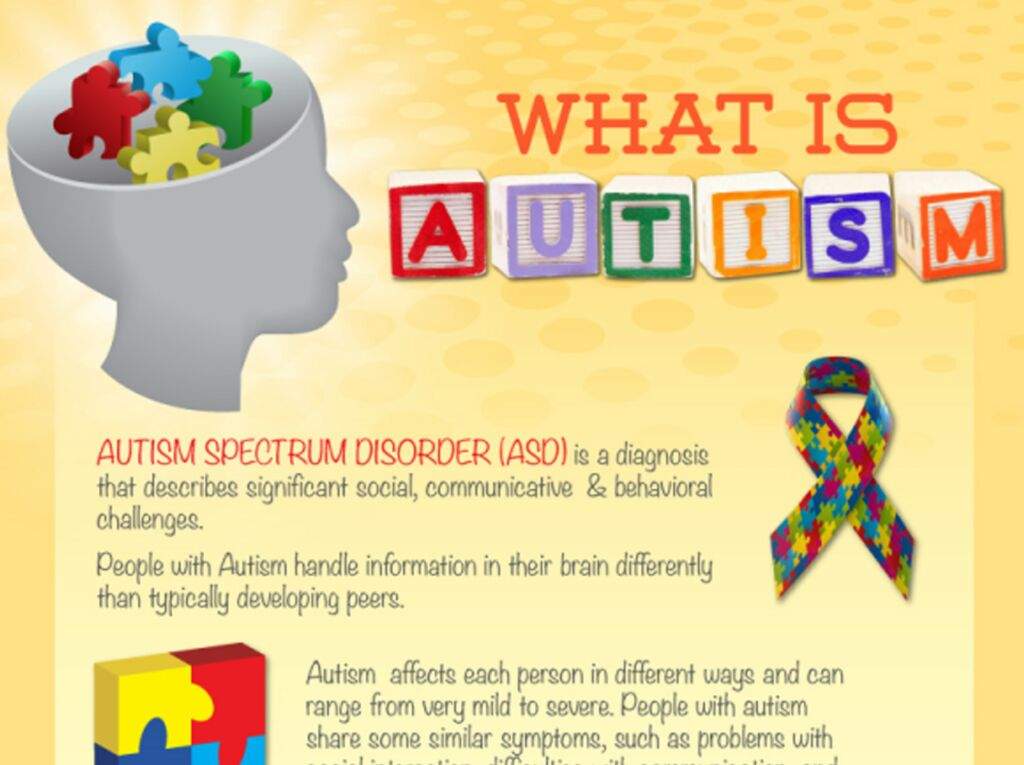 This is because signs and symptoms of a developmental delay are often caught early on. Babies and toddlers can show signs of developmental delays, which parents, teachers, and physicians can easily identify. For instance, if a baby’s typical milestones are not being met, this is a sign of a possible developmental delay. Delays can affect memory, speech, coordination, logic, ability to do simple tasks independently, etc.
This is because signs and symptoms of a developmental delay are often caught early on. Babies and toddlers can show signs of developmental delays, which parents, teachers, and physicians can easily identify. For instance, if a baby’s typical milestones are not being met, this is a sign of a possible developmental delay. Delays can affect memory, speech, coordination, logic, ability to do simple tasks independently, etc.
According to Expert Community Care Management, “Early intervention is the key, in either case. It helps a child with a delay reach their highest level of functioning in a developmental area.” They state that early intervention entails:
- Screening for developmental delays.
- A therapy plan that connects an affected child and caregivers to qualified providers.
- Monitoring a child’s progress to ensure they achieve the very best results.
These are typically interventions that are already in place by the time a child with autism begins school. However, some children with autism are not diagnosed until later on. When students with autism have one or more developmental delays, this can impact a variety of aspects related to school and learning. These students will likely receive speech therapy, physical therapy, and/or occupational therapy in the school setting. Teachers can work in coordination with other professionals and help their students be the most successful at school.
However, some children with autism are not diagnosed until later on. When students with autism have one or more developmental delays, this can impact a variety of aspects related to school and learning. These students will likely receive speech therapy, physical therapy, and/or occupational therapy in the school setting. Teachers can work in coordination with other professionals and help their students be the most successful at school.
Narrow Interests
Children with autism may be both focused and exceptionally skilled in certain areas such as math or music. However, a narrow range of interests means it can be difficult to engage them in other areas of learning.
These narrow and intense interests may also manifest in repetitive play or motions. Children may struggle to understand that others do not share the intensity of their interests and may not realize that they are frustrating people by asking many questions or talking about the interest extensively.
However, it is possible to use these narrow interests as a jumping-off point for a variety of learning opportunities.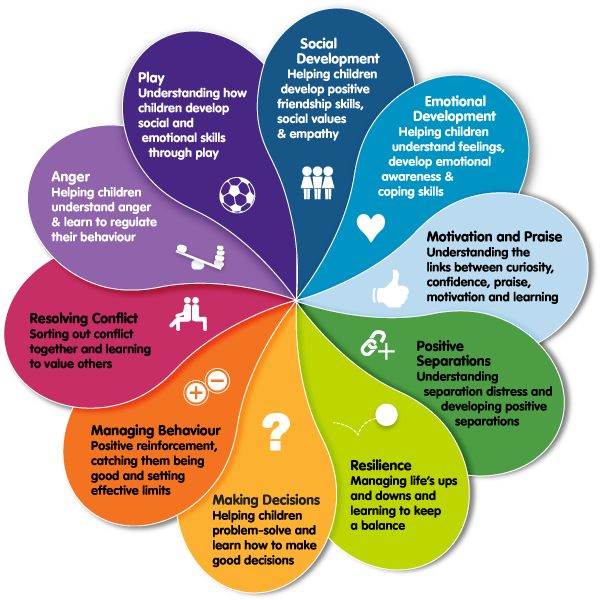 Children can research their particular interests and learn to manage how they communicate with others about them. This is also an opportunity to expand an autistic child’s “big picture” skills by placing the interest in its larger context.
Children can research their particular interests and learn to manage how they communicate with others about them. This is also an opportunity to expand an autistic child’s “big picture” skills by placing the interest in its larger context.
Conclusion
Teachers, support staff, and other related professionals each have the responsibility for ensuring each student receives a fair and appropriate education. This means that they must be knowledgeable and understand the different ways autism can affect learning and development. In turn, this means that they must be able to accommodate and differentiate for individual needs at school. A better understanding of how autism can affect learning is an important step toward addressing the challenges these children face. Other children may benefit from many teaching strategies that help those with autism spectrum disorder.
Brittany Cerny
Master of Education (M.Ed.) | Northeastern State University
Behavior and Learning Disorders | Georgia State University
Updated January 2022
Related:
- The Benefits of OT, PT, and Speech Therapy in Children with Autism
- How Can I Handle Challenging Behavior From a Child with Autism?
- 5 Fun Travel Destinations for Children with Autism
- 5 Ways Autism is Different from Other Special Needs
- Autistic Communication Strategies
Autism Factsheet (for Schools) (for Parents)
Reviewed by: Mary L.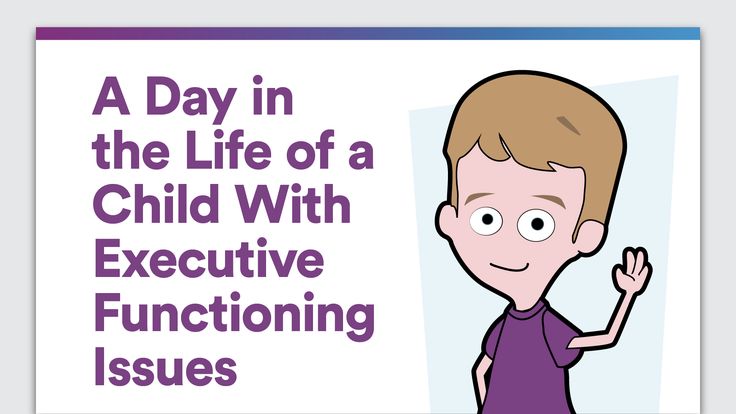 Gavin, MD
Gavin, MD
What Teachers Should Know
Autism is one of the most common developmental disabilities. People with autism, also called autism spectrum disorder (ASD), have differences in the way their brains develop and process information. As a result, they face significant communication, social, and behavior challenges.
Symptoms can be severe and interfere with everyday tasks, or they can be mild and cause only a few problems. Experts call this range of symptoms a "spectrum." Asperger syndrome and pervasive developmental disorders (PDD) are conditions that fall within the autism spectrum.
Signs of autism may include:
- trouble interacting, playing with, or relating to others
- little or brief eye contact with others
- unusual or repetitive movements, such as hand flapping, spinning, or tapping
- delays in developmental milestones or loss of already-achieved milestones
- difficulties learning in school
- playing with toys in ways that seem odd or repetitive
- low muscle tone, clumsiness, and poor spatial awareness
Although there's no cure for autism, early intervention and therapy can help kids develop skills and achieve their potential.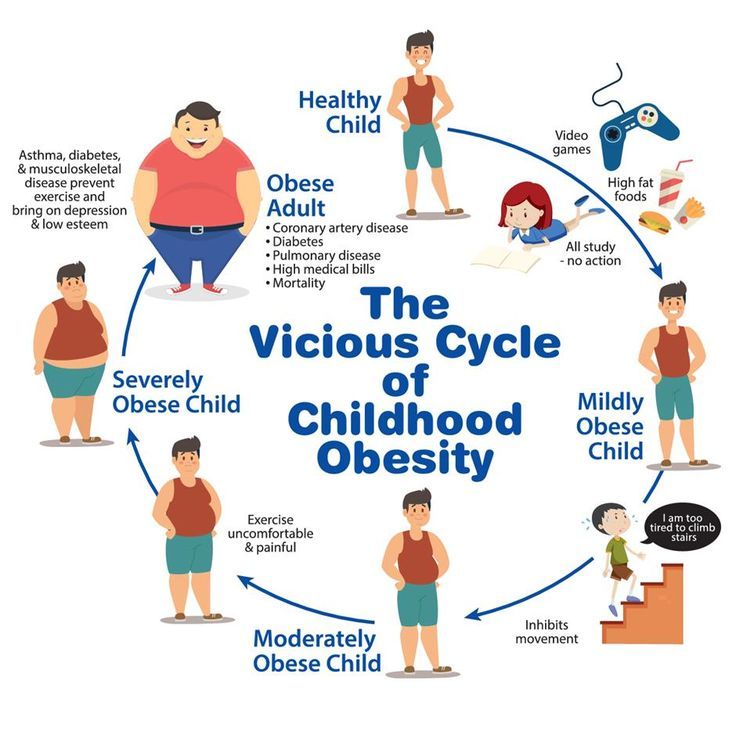 Therapy is tailored to each child's individual needs and may include behavioral, educational, speech, and occupational therapies.
Therapy is tailored to each child's individual needs and may include behavioral, educational, speech, and occupational therapies.
Students with autism may:
- get easily frustrated and act out in certain situations
- be sensitive to bright lights, loud noises, or busy hallways
- need to go to the school nurse for medications
- miss class time for doctor visits and therapies
- have trouble speaking or not speak at all
- seem insensitive or unemotional
- need extra time for class assignments and homework
- need to take tests in a separate area away from distractions
Because bullies often target students who seem "different," health conditions like autism can put kids and teens at higher risk for bullying.
What Teachers Can Do
Many students with autism can thrive in a structured environment, so establish a routine and keep it as consistent as possible. Adhering to daily schedules and allowing ample time for transitions can help with many students' behavioral issues and frustrations.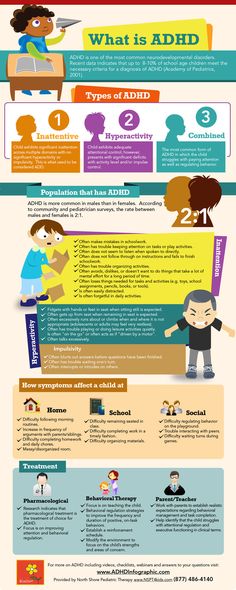
Instructional support is often needed within the classroom setting. Students with autism learn better with pictures and demonstrations. Limit long verbal instructions and provide visual cues and written instructions, when possible. Also limit distractions and use positive rewards for positive behaviors.
Many people with autism have strong passions and deep interests. Getting to know your students' likes and dislikes can help you understand what motivates them. Students with autism can participate in most activities that other kids and teens do, so provide encouragement to participate when appropriate.
Reviewed by: Mary L. Gavin, MD
Date reviewed: June 2018
Can a child with autism study in a regular school and how to help him with this
In order to teach a child with autism, the teacher must be aware of all his characteristics and prepare in advance. And sometimes prepare other children in the class. Elina Vinokurova talked with clinical psychologist Tatyana Morozova about how to organize the education of children with autism, including in a regular school, and where teachers can look for quality information on the topic.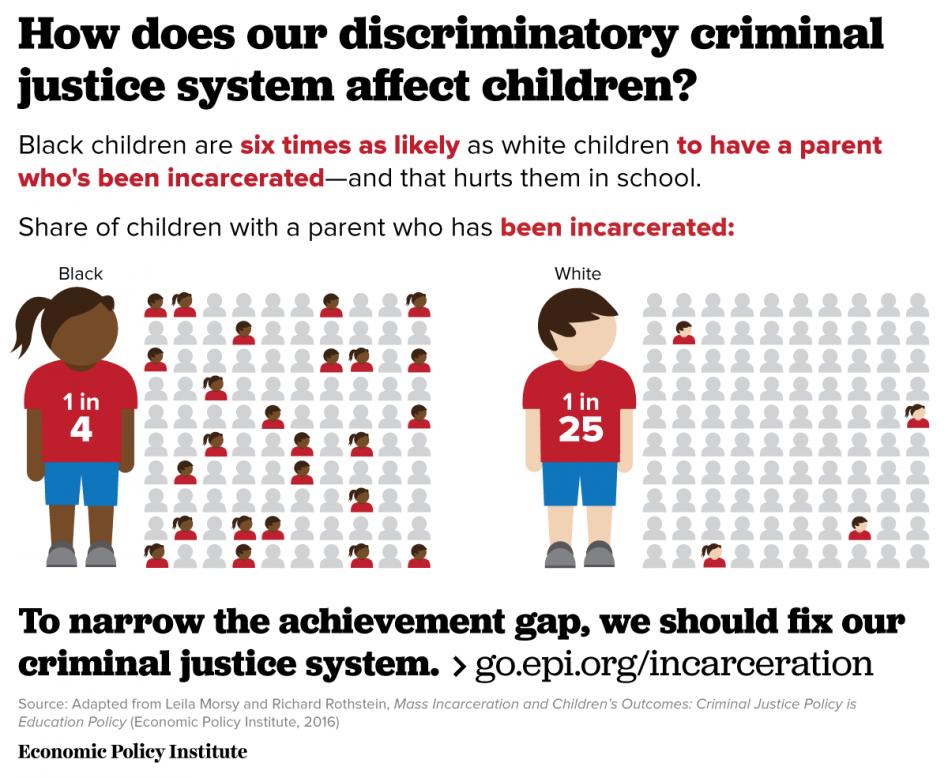
As far as I understand, if a child does not have a severe form of autism, then he and his parents can come to any Russian school and say: "I will study here." But teachers may not be ready for this at all, especially in the provinces. How it works? nine0006
Usually there is a psychological-pedagogical or some other center in the region that can provide methodological support to teachers. After all, a child can come to school not only with autism, but also with visual, hearing, and motor disabilities. There is no economic sense in having a specialist for each of these features of development in the school. Therefore, in each region there should be some group of people who, if a child with special needs, for example, with autism, appears at school, can help teachers. nine0003 Tatyana Morozova, clinical psychologist, Naked Heart Foundation expert
Roughly speaking, the director must know who to call.
Yes. Accordingly, if a child needs a tutor, he must come from somewhere.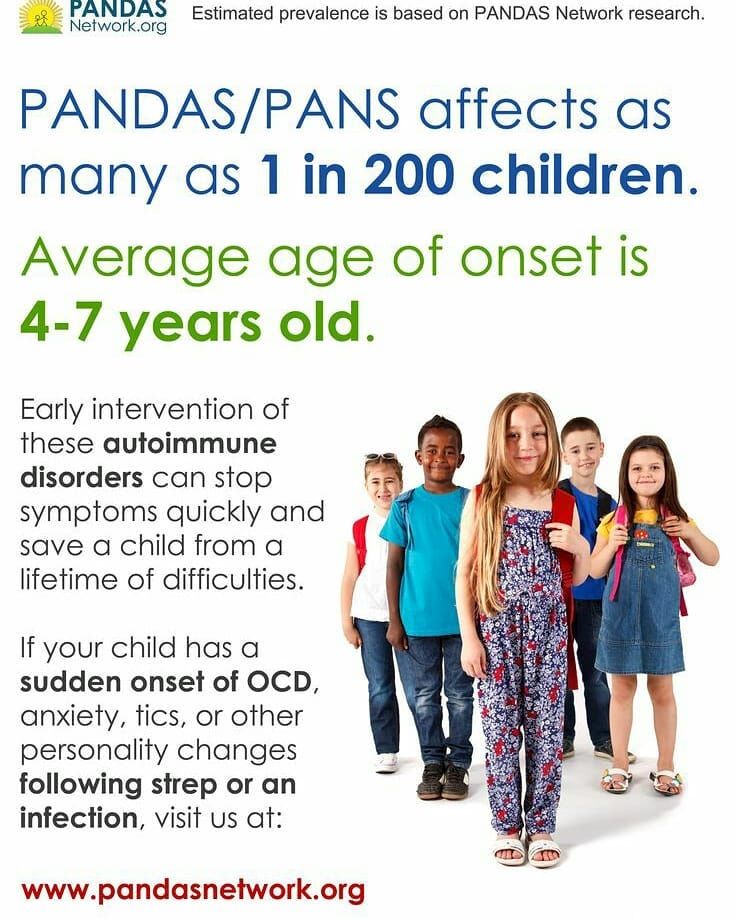 If the child is without a tutor, someone should do the preparatory work with the teacher or several teachers. Because even if this is a first grader, in addition to the main teacher, he also has a music teacher and a physical education teacher. Someone should tell what communication system the child uses, what features of information processing, behavior, and so on. Let's assume that such a modification of the curriculum is possible, when all children answer questions orally, and a child with ASD (with an autism spectrum disorder) answers in a different way. For example, on a specially designed response sheet. In general, the teacher will need special assistance in order to enable the student to express his knowledge. nine0003
If the child is without a tutor, someone should do the preparatory work with the teacher or several teachers. Because even if this is a first grader, in addition to the main teacher, he also has a music teacher and a physical education teacher. Someone should tell what communication system the child uses, what features of information processing, behavior, and so on. Let's assume that such a modification of the curriculum is possible, when all children answer questions orally, and a child with ASD (with an autism spectrum disorder) answers in a different way. For example, on a specially designed response sheet. In general, the teacher will need special assistance in order to enable the student to express his knowledge. nine0003
Children with autism are very different. But are there any basic things that teachers need to know in order to understand them a little better?
Of course, you can read about autism and learn some general things, but it is better to learn about the characteristics of a particular child from parents.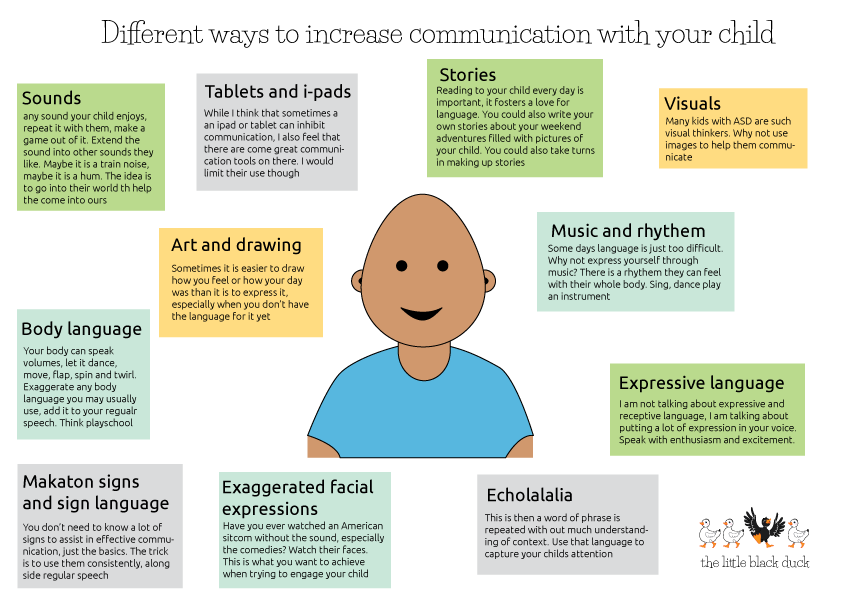 Because if we take the standard ideas about a person with autism, then we find out that he can not look into the eyes, not talk, react sharply to sounds. In big statistics, everything is so, but at the same time, a particular child can look into the eyes and respond perfectly to the school bell - he will have different, his own characteristics. He may not understand humor or be hard to bear when there are a lot of unusual smells around. Another person can be visually overtired, so sometimes he needs to close his eyes and be alone. Or he likes to talk about certain topics. On the one hand, this can be distracting, and on the other hand, you can use this area of special interest as something through which you can motivate a person. For example, if all children learn to count on sticks, and this child is madly in love with space, why can't he count the stars? nine0003
Because if we take the standard ideas about a person with autism, then we find out that he can not look into the eyes, not talk, react sharply to sounds. In big statistics, everything is so, but at the same time, a particular child can look into the eyes and respond perfectly to the school bell - he will have different, his own characteristics. He may not understand humor or be hard to bear when there are a lot of unusual smells around. Another person can be visually overtired, so sometimes he needs to close his eyes and be alone. Or he likes to talk about certain topics. On the one hand, this can be distracting, and on the other hand, you can use this area of special interest as something through which you can motivate a person. For example, if all children learn to count on sticks, and this child is madly in love with space, why can't he count the stars? nine0003
Does the teacher or staff need to work with the class before a child with autism comes in?
Research shows that the attitude towards a special child, no matter what developmental features he has, depends very much on the attitude of adults. If an adult child accepts, does not belittle his capabilities, if the parents of other children do not call such a child offensive words behind his eyes, then children perceive him much better.
If an adult child accepts, does not belittle his capabilities, if the parents of other children do not call such a child offensive words behind his eyes, then children perceive him much better.
Should I tell the whole class about the child's characteristics? You can do this: gather the most enterprising children and conduct a little special training with them. To do this, there are programs by which you can teach ordinary peers to better build a dialogue with an unusual child. They say that there is a child with autism, he sometimes reacts a little differently. For example, he may be frightened by loud noises (school bells) and therefore begin to scream or plug his ears. We talk about its features and ask: "Who is ready to help Vasya, because it is more difficult for him when it's loud or when it's noisy?" For example, five children are called and we teach them how to communicate with a person with autism. For example, when talking to a child with autism, try to allow time to process the information. nine0003
nine0003
A child with autism understands everything, but he needs a little more time to answer
Or we say that a person with autism notices so many things that sometimes it is easier to speak to him in short phrases so that it is easier for a person to process information. Such approaches are known, described and quite effective.
What to do in a situation when the director talked to everyone, everyone is ready to accept this child, but the parents of other children come and start complaining: “Why do you pay so much attention to some Petya? And who will teach my Vasya?!” nine0006
Legislation provides for equal rights to children's education, so this is primarily a legal issue. All children have the right to schooling, but if a child with autism needs more educational support, then the issue of a tutor should be considered. This will help both the child with developmental disabilities, and the teacher, and the child's classmates. If a child cannot learn like everyone else, for example, solves a problem only if someone is standing next to him, then he has a special educational need that must be met.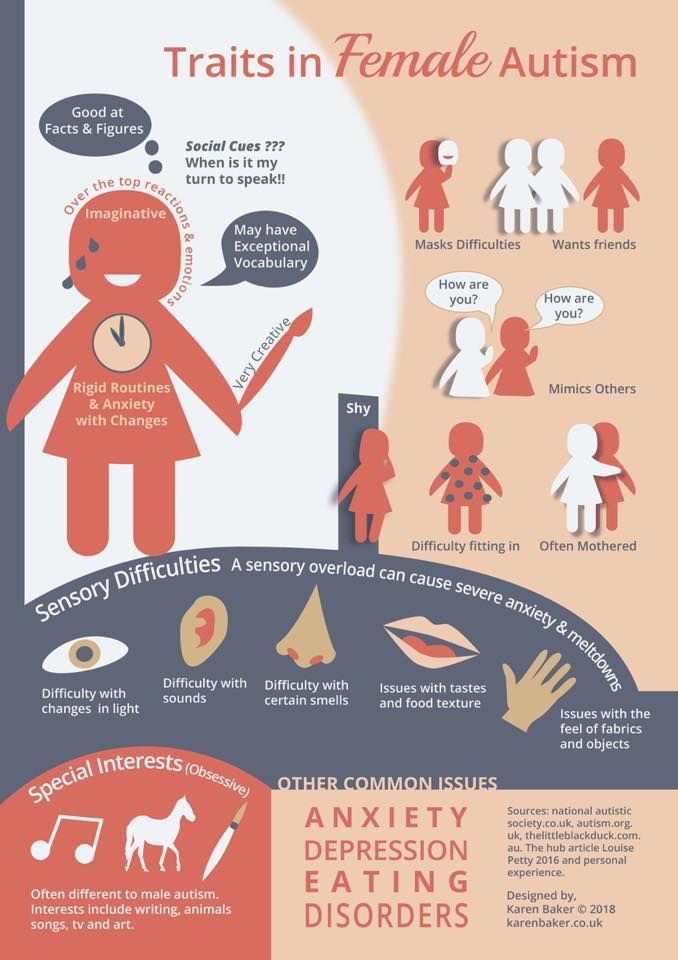 nine0003
nine0003
Is the school required to provide a tutor to a student if they have such a need?
Under the law, this works a little differently. A tutor is considered a special educational service, which is prescribed by the Psychological-Medical-Pedagogical Consultation (PMPC). This usually happens not in September, but in the spring, when classes and budgets are being recruited for the next academic year. Suppose now we are deciding how much pedagogical support we will need with new children from September. And the child comes with the conclusion of the PMPK, which prescribes a tutor. The school management knows in advance that they need to do something. If the family comes and asks for a tutor in September, and he is really needed there, then it will be much more difficult for the school. There are situations when the family and the school slightly overestimate the capabilities of the child: the period of adaptation passes (the first quarter), and everyone understands that the child cannot cope on his own.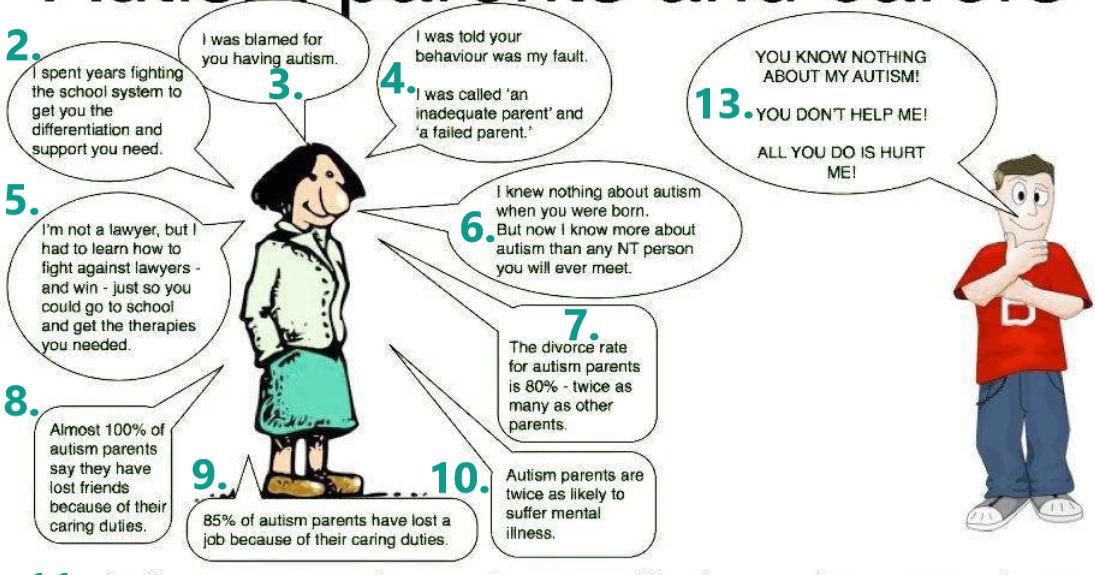 You have to look for a tutor already during the school year, but still it should be through some kind of official conclusion. nine0003
You have to look for a tutor already during the school year, but still it should be through some kind of official conclusion. nine0003
Are there any peculiarities of the adaptation of a child with autism in primary or secondary school?
In grade 1, the process of adaptation is important, the adoption of all school rules: when they stand up, when they are silent, when they speak, when they raise their hand. It turns out that in the lower grades we teach a very large number of pre-academic things. In high school, it is important to be able to maintain relationships with peers.
We must learn to communicate with them, maintain a dialogue, be sure to prevent possible bullying from classmates
We need to look at this quite seriously, because the child may not complain if he is bullied.
If children with autism in the 1st grade need to learn the rules of the intra-school routine, then in secondary school additional classes may be needed to develop social skills: how to get to know each other, what places people can be touched, what places they can’t, what topics can be discussed, what which ones are not possible.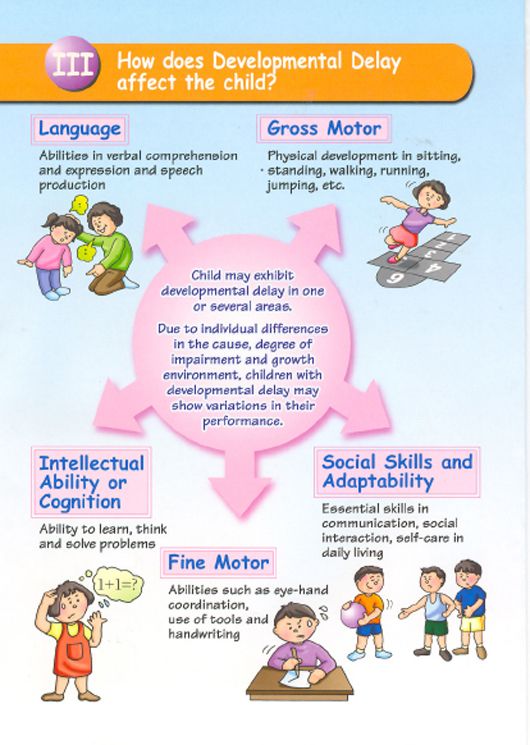 Ordinary people understand what is customary to say and what is not. But a child with autism with a perfectly intact intellect may not understand that there are things that can be thought, but at the same time it is completely impossible to say out loud. For example, if a teacher wears a large size of clothes, then you might think that the person is overweight, but it’s better not to talk about it out loud. Or what topic you can talk about with girls or with boys, or with adults, and what topic is better not to talk about. How to ask for a date, how many times you can send a text message to a girl when you invite her on a date. We had a case: a young man with autism asked his curator-consultant “How much can you send SMS?”. He was asked: "How much have you sent yet?" He replied: "452 sms". nine0003
Ordinary people understand what is customary to say and what is not. But a child with autism with a perfectly intact intellect may not understand that there are things that can be thought, but at the same time it is completely impossible to say out loud. For example, if a teacher wears a large size of clothes, then you might think that the person is overweight, but it’s better not to talk about it out loud. Or what topic you can talk about with girls or with boys, or with adults, and what topic is better not to talk about. How to ask for a date, how many times you can send a text message to a girl when you invite her on a date. We had a case: a young man with autism asked his curator-consultant “How much can you send SMS?”. He was asked: "How much have you sent yet?" He replied: "452 sms". nine0003
There are questions that, of course, are better to be taught at an early age, but sometimes you have to teach both middle and high school students. For example, what is adequate social distance.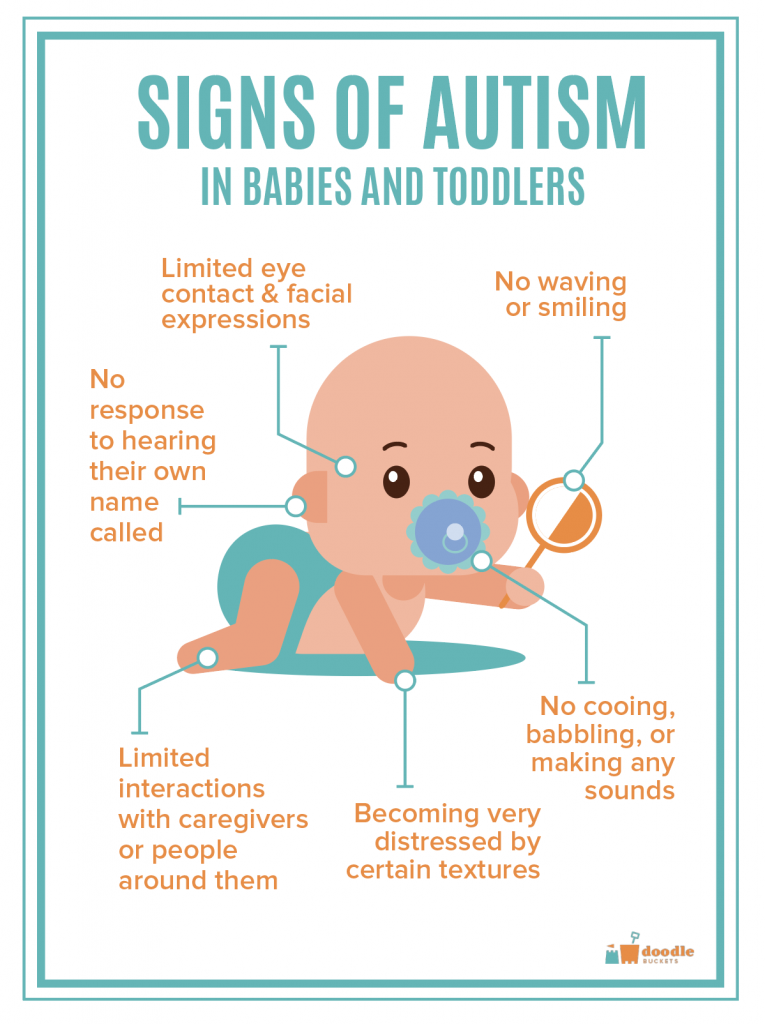 There are familiar people to whom we approach at the distance of an outstretched elbow and can hug and kiss. And there are less familiar people, we shake hands with them, and the social distance at the same time is an outstretched hand.
There are familiar people to whom we approach at the distance of an outstretched elbow and can hug and kiss. And there are less familiar people, we shake hands with them, and the social distance at the same time is an outstretched hand.
If a teacher starts working with children with autism and realizes they want to learn more about it, where can they get the information? nine0006
There are so many things on the Internet these days. Some of the information is reliable, and some is outdated, filled with myths. I usually recommend the resources that are on the website of the Vykhod charity foundation. The website of the Naked Heart Foundation also has a lot of information, for example, recordings of lectures by world-class specialists. On these sites, you can find information about both teaching classmates and how to teach social skills. There you can find materials on how to talk about hygiene, how to talk about sex, how to explain what social distance is. nine0003
I know that children with autism can be rewarded for completing a task. But, for example, there is such a person in the classroom. They give him candy for solving the example, while the other 29 children do not. How to be here?
But, for example, there is such a person in the classroom. They give him candy for solving the example, while the other 29 children do not. How to be here?
When we talk about sweets, we either mean a person who is much younger, or a person who has rather severe features. Because inclusion assumes that the child has already gone through some kind of academic path and begins to be interested in social reinforcement. That is, the child is ready to work for delayed rather than instant reinforcement. It is clear that a teacher who works with 30 children cannot give out a candy every time for every raised hand or every solved example. And most often, children who are in a class without tutor support should be on the self-monitoring system, when they themselves note completed tasks and are able to ask teachers to check their work. nine0003
Can parents be in the classroom with their child or is it harmful?
A school is a school, parents have a completely different role and a different system of relationships with the child. School and an inclusive class are still the ability to study in a group of children, so the presence of parents cannot be useful a priori. I understand that this may be the only possibility in places where there are no opportunities, and the situation is such that either the child goes to school with his parents, or he will simply be kicked out. nine0003
School and an inclusive class are still the ability to study in a group of children, so the presence of parents cannot be useful a priori. I understand that this may be the only possibility in places where there are no opportunities, and the situation is such that either the child goes to school with his parents, or he will simply be kicked out. nine0003
But if possible, the parent does not need to be present at the lesson. The child should listen to the teacher in the lesson, not the parent. Parents should have their own personal lives, they can work or not work - this is their own business. But the school is built in such a way that the teacher teaches the child. If he cannot yet study in a group, then it is necessary not to deprive the parents of work, but to give the child tutor support. A tutor is not a person who distracts a child and whispers something in his ear. This is a person who creates such conditions so that the child can study at school with a teacher. nine0003
Where to learn more about autism:
- Special Translations is a site with translations of materials about children with special needs, most of the articles are devoted to children with autism.
- "Resource Center" - a section on the website of the Naked Heart Foundation, which contains video lectures and presentations by leading experts in child development.
- "Center for Curative Pedagogics" - the center's website has a lot of useful information about children with developmental disabilities. nine0091
- 1 Can an autistic person study in a regular school?
- 2 Getting ready for school
- 3 How to help adapt? nine0086
- 4 References
- the presence of a tutor for the first time, for the period of adaptation, facilitating the process of student interaction with the class, teachers, new activities;
- adapted curriculum;
- resource classes;
- ongoing therapy, work with psychologists, speech therapists. nine0086
- Treat the teacher adequately, take his words as an indication to action.
- Get used to the new conditions of classes, including typical rooms: classrooms with desks, a gym, locker rooms, a canteen.
- Develop the necessary social and everyday skills.
- To develop motivation, to show that studying is interesting. This is done on the basis of the personal preferences of the little patient.
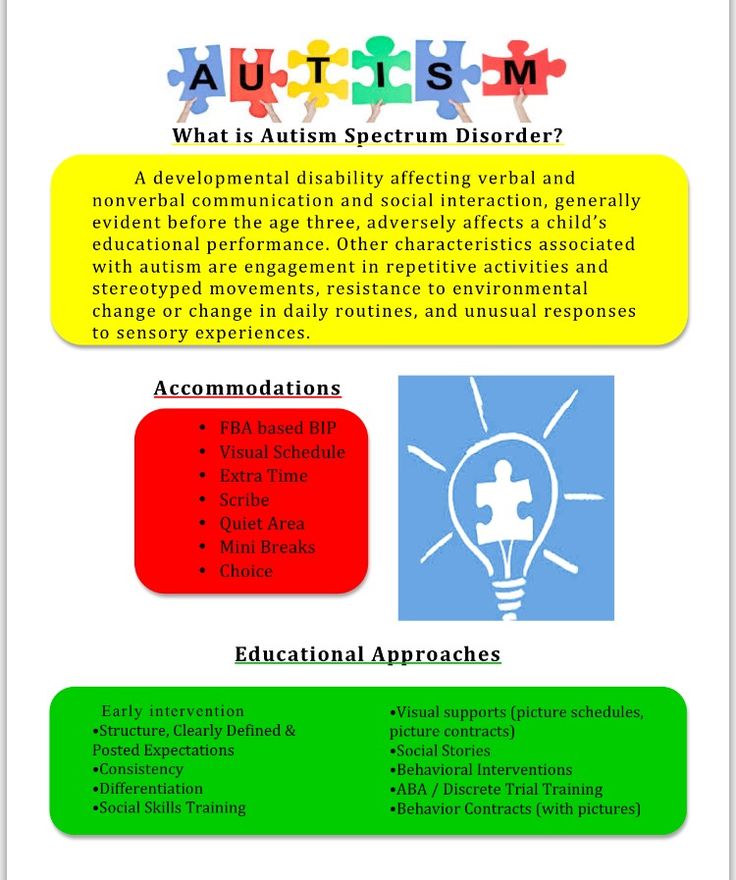 First, it turns out that he is most interested, then learning tasks are drawn up, where in the center there will be new facts about the area of interest. nine0086
First, it turns out that he is most interested, then learning tasks are drawn up, where in the center there will be new facts about the area of interest. nine0086 - Concentration on the action being performed. The ability to carry out a sequential chain of actions.
- Focus on individual items that are used strictly for their intended purpose. Regarding school supplies.
- Work in groups or with the help of other people. First, it develops in the form of a game with several participants - close relatives. Then employees of correctional work and peers. nine0086
- Understanding the syllabic structure of words and the ability to show this separation by various physical actions.
- Warn the class in advance of future activity changes so that it does not come as a surprise and cause stress for slowly adjusting autistics.
- Do not focus on extraneous activities while listening to the material.
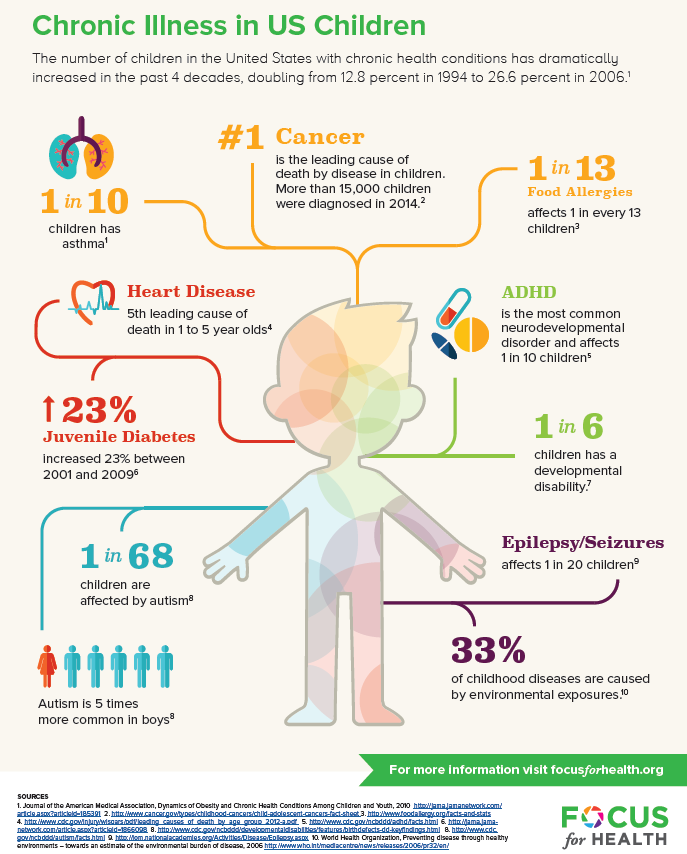 Drawing, touching their favorite toy, help these guys calm down and focus.
Drawing, touching their favorite toy, help these guys calm down and focus. - Silently allow distractions, temporarily leave your place and move. Autistic disorder leads to increased fatigue, inability to absorb a large amount of material at once. nine0086
- Allow important student items to be carried around to make you feel more at ease.
- Give a simple regular task with repetitive actions. For example, handing out sheets for drawing, collecting and sorting books.
The meeting with Tatyana Morozova took place during the International Conference "Effective Technologies in the Education of Children with ASD", which was held from April 2 to 4 in Nizhny Novgorod. The organizer of the conference is the Naked Heart Charitable Foundation, which has been helping children with developmental disabilities since 2004.
Photo: lessons at school No. 56 in Nizhny Novgorod, where children with autism study. Autistic child and primary school education. nine0001 Studying autistics in a regular school. Autistic child and primary school education.
Gimranov Rinat Fazylzhanovich
Neurologist, neurophysiologist, experience - 33 years;
Professor of Neurology, MD;
Clinic for Rehabilitation Neurology.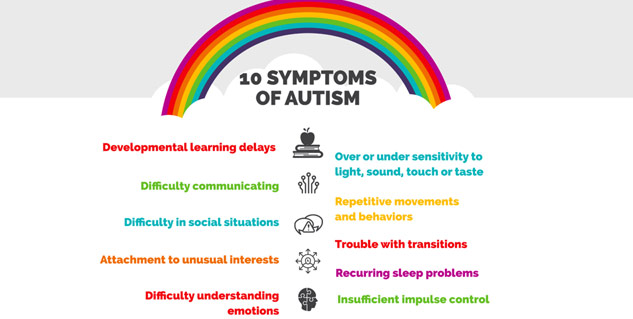 About the author
About the author
Date of publication: July 21, 2020
Updated: March 25, 202190s. Prior to this, children diagnosed with ASD were home-schooled. Teachers came to them, or children were registered in specialized schools. In some regions, such children were considered "unteachable", although there are a lot of differences between autism and mental retardation. Which led to the inability to socialize and identify their strengths.
As a rule, babies go to first grade after several years of therapy and remedial work. After all, parents and their assistants do not leave the baby without attention. First of all, such a child must be taught to speak. nine0003
However, the first year of study still becomes extremely difficult for them.
The child will not only comprehend various sciences, but will also learn to communicate in society.
He will begin to learn social norms of behavior, try himself in various roles. As a result, such an experience has a positive impact on the future life of autistic people.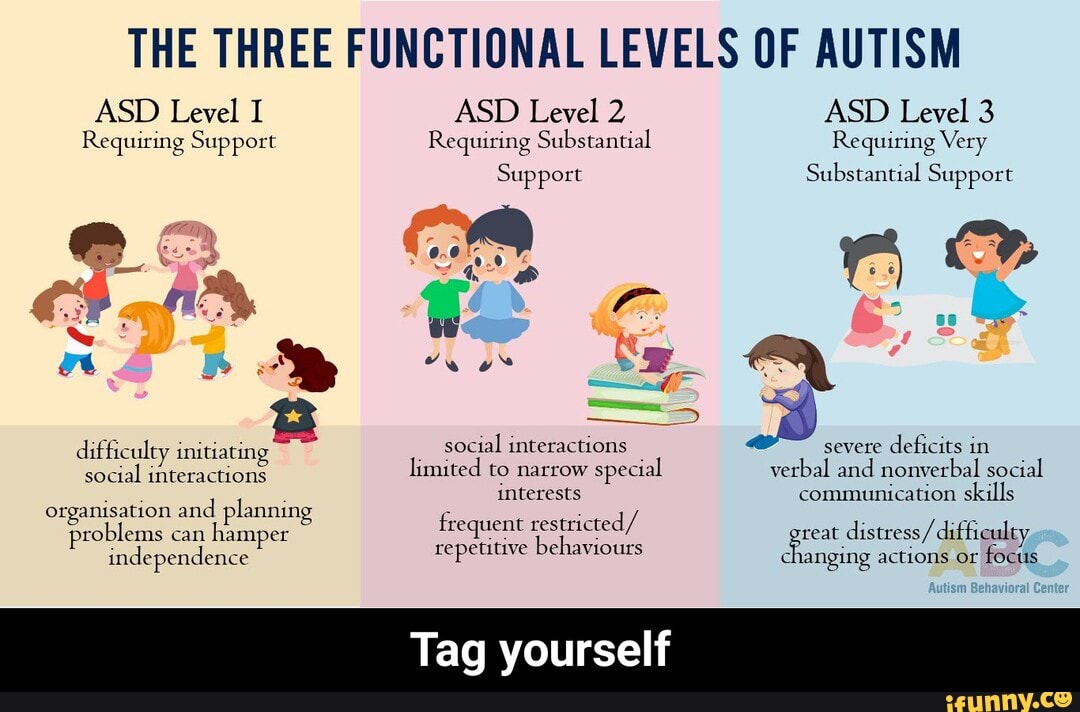
Contents of the article:
Can an autistic person study in a regular school?
People working with autistic children agree that regular schooling, as well as interaction with peers in other situations, has a positive effect on further development.
Unfortunately, the possibility of resocialization through school is not available to all children, since there are different types of ASD.
According to the severity of symptoms, people with autism are traditionally divided into 4 groups: from 4 - mild, to 1 - the most severe. nine0003
Children with forms 4 and 3 of ASD are able to study in a general education school, even according to the general program.
For children with form 2, the situation is worse. They are capable of development, but subject to a specially developed adaptive program for them, with parallel corrective work.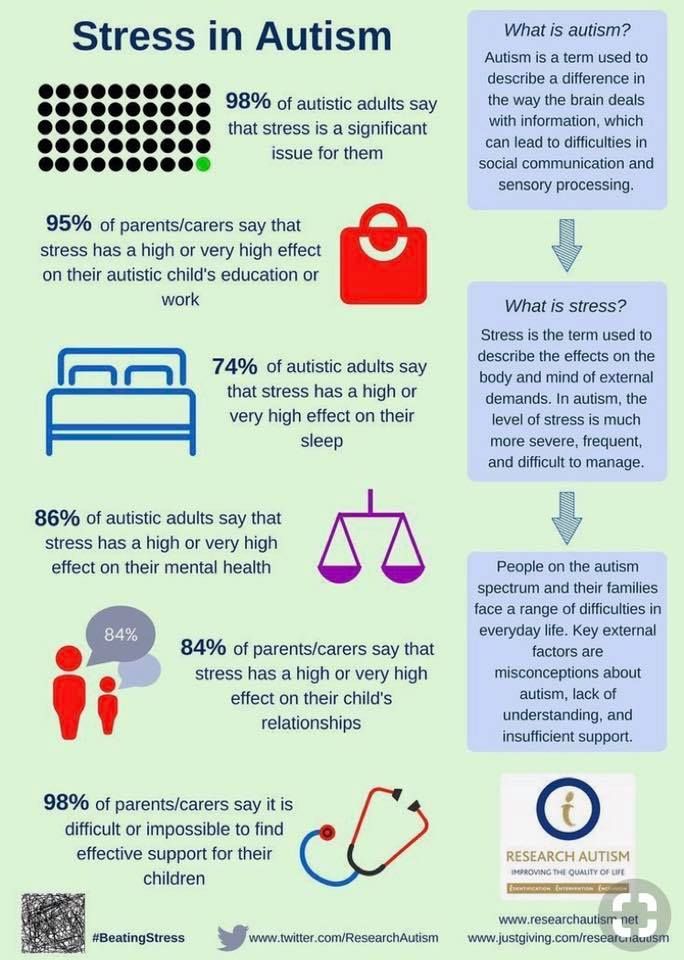
It is possible that students with such a diagnosis are enrolled in the first grade and achieve academic success. It is important what program children with autism study, what additional measures are taken for their development. nine0003
The school must meet the criteria set by the Psychological-Medical-Pedagogical Commission (PMPC). Such is the future student.
Typical conditions needed in an educational institution:
Do not forget that people with RDA should first be taught the skill of learning. That is, to teach to receive and accumulate information. In terms of difficulty for them, it is like mastering a second language for the average person.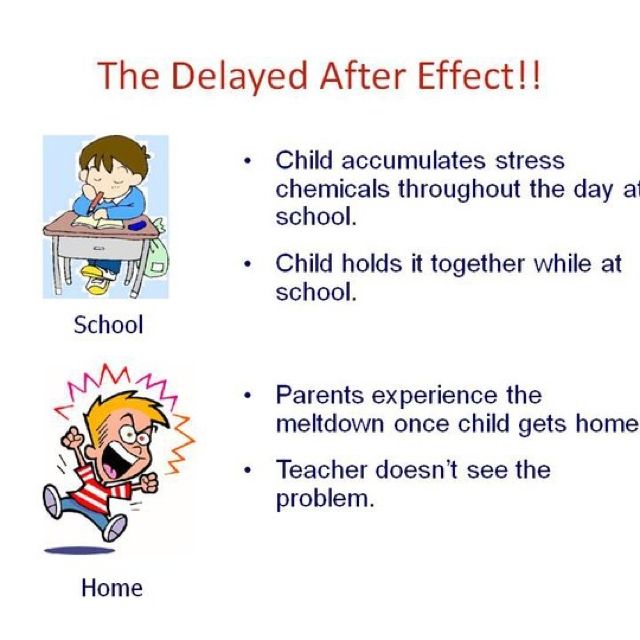 Having completed this task, the autistic person successfully adapts, overcomes the limitations caused by his disorder.
Having completed this task, the autistic person successfully adapts, overcomes the limitations caused by his disorder.
Ready for school
Mild autism is not an obstacle to learning at school. But this does not mean that a preschooler with a diagnosis will enter the classroom on September 1 and get used to it without prior preparation. Before this, it is necessary to carry out work to prepare a person for new conditions, the daily fulfillment of educational tasks. nine0003
Correctional teachers, at the stage of preparation for school, should form the following skills in the child:
The skills necessary for effective learning are also worked out:
The speed of acquiring the skills needed to teach a child with autism in a regular school is different in each case. In some cases, this maturity occurs by the age of 12-13, and sometimes at the standard 7 years.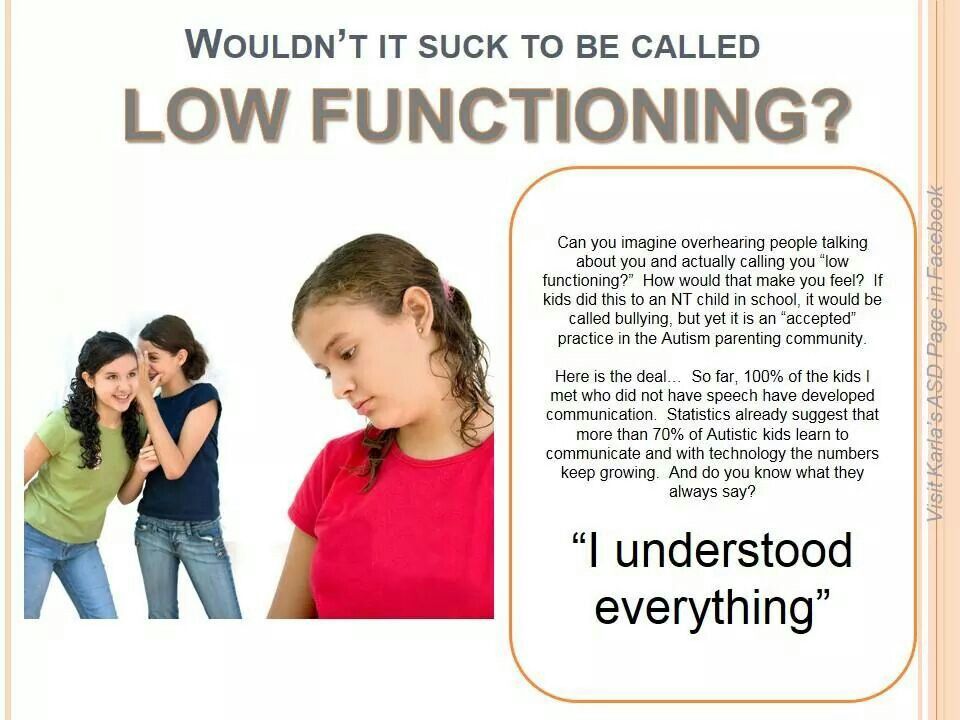
It is impossible to say in advance that the child will be ready to go to a general education institution with his age peers.
How to help adapt? nine0136
A student with ASD in the classroom is an additional burden for the teacher. Especially if the teacher has not previously encountered such a deviation.
Teachers should prepare in advance, learn how to teach an autistic person in a public school. And also regularly consult with a school psychologist about emerging situations, be patient, allowing a special child to feel safe.
If there is a child with autism in the class who is just getting used to this system, the teacher should pay attention to the advice of specialists and act in such a way as to make learning as comfortable as possible:
Autism is not a hindrance to learning in public schools if teachers know how to teach. Observing the conditions of preliminary preparation, continuing work until the adaptation is completed, one can grow a great person out of a child. Yes, there are autistic people among famous people. nine0003
References
Was this article helpful?
You can subscribe to our newsletter and learn a lot of interesting things about the treatment of the disease, scientific achievements and innovative solutions:
Your e-mail
I agree with the privacy policy and the processing of personal data
Please leave this field empty.